Before the Men Took the Stage – The 1973 Women’s Cricket World Cup
A Forgotten Legacy That Changed Global Cricket Forever
The 1973 Womens Cricket World Cup – In 1973, England hosted the first international Cricket World Cup — and it was a women’s tournament. This event occurred two years before the inaugural men’s edition in 1975. The Women’s Cricket World Cup was organized by the International Women’s Cricket Council. It was funded privately by philanthropist Jack Hayward.
Seven teams participated in a round-robin format. Matches were 60 overs per side, longer than today’s standard. England won the tournament, defeating Australia in the final. The players were amateurs, many balancing jobs and family duties. Despite limited resources, the cricket was of high quality. Enid Bakewell and Rachael Heyhoe Flint were standout performers. The event proved that women’s cricket could thrive internationally. It remains a landmark in the history of global sport.
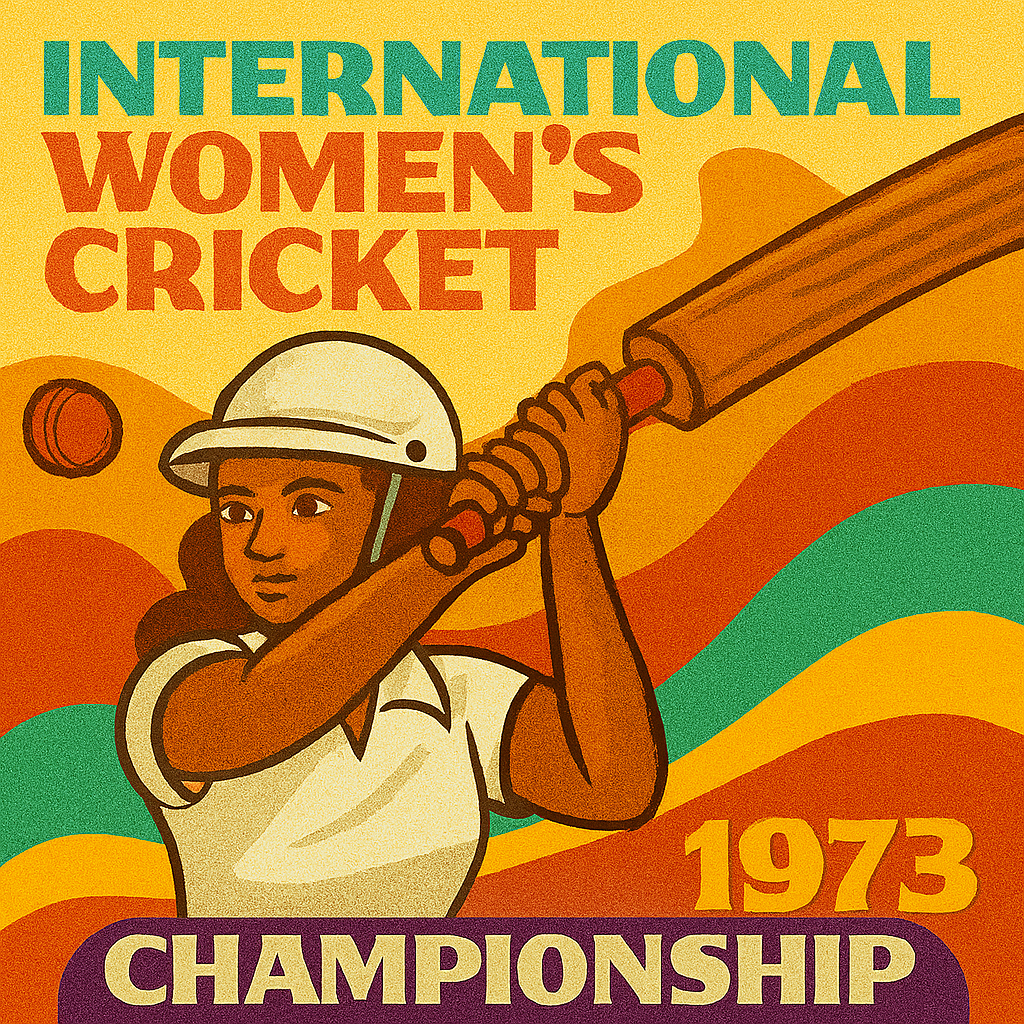
Origins of the Women’s World Cup
The idea for a women’s world tournament was proposed in 1971. Rachael Heyhoe Flint, England’s captain, was a driving force behind the concept. Jack Hayward provided £40,000 to fund the event. The International Women’s Cricket Council approved the plan. England was selected as the host nation. Seven teams were invited to participate. These included England, Australia, New Zealand, Jamaica, Trinidad & Tobago, Young England, and International XI. Matches were played across county grounds. The format was round-robin — each team played the others once. Points were awarded for wins and ties. The team with the most points won the title. The tournament lasted five weeks.
Tournament Format and Structure
The 1973 Women’s World Cup used a round-robin format. Each team played six matches. There were no knockout rounds or semifinals. Matches were 60 overs per side. Points were awarded for wins and ties. The team with the highest total points was declared champion. England won five of their six matches. Australia finished second with four wins. The final match between England and Australia was decisive. England won by 92 runs. Enid Bakewell scored 118 runs in that match. The format emphasized consistency over single-match elimination.
Match Structure Overview
| Feature | Details |
|---|---|
| Overs per match | 60 |
| Format | Round-robin |
| Number of teams | 7 |
| Points for win | 4 |
| Points for tie | 2 |
| Knockout rounds | None |
Participating Teams
Participating Teams and Composition
Seven teams competed in the tournament. England fielded a strong squad led by Rachael Heyhoe Flint. Australia brought experienced players with domestic success. New Zealand had a balanced team with emerging talent. Jamaica and Trinidad & Tobago represented the Caribbean. Young England was a developmental squad of rising players. International XI included cricketers from multiple nations. The diversity of teams reflected global interest in women’s cricket. Most players were amateurs with limited international exposure. Team preparation varied widely due to funding gaps. Uniforms and equipment were often self-funded. Despite disparities, the competition was spirited and skillful.
England’s Road to Victory
England began the tournament with a win over International XI. Their batting lineup was anchored by Enid Bakewell and Heyhoe Flint. Bowlers like Rosalind Heggs and Anne Sanders provided control. England defeated Jamaica and Trinidad & Tobago convincingly. Their only loss came against New Zealand. In the final match against Australia, England posted 244 runs. Bakewell’s century was the highlight of the innings. Australia struggled against disciplined bowling. England won by 92 runs, securing the championship. The victory was celebrated modestly due to limited media coverage. Players received commemorative medals, not prize money. England became the first world champions in cricket history.
England’s Match Results
| Opponent | Result | Margin |
|---|---|---|
| International XI | Win | 66 runs |
| Jamaica | Win | 8 wickets |
| Trinidad & Tobago | Win | 7 wickets |
| New Zealand | Loss | 3 wickets |
| Young England | Win | 9 wickets |
| Australia | Win | 92 runs |
Australia’s Performance and Legacy
Australia entered the tournament as favorites. Their squad included veterans like Sharon Tredrea and Margaret Jennings. They won four of their six matches. Their only losses were to England and New Zealand. Australia’s bowling attack was consistent throughout. Batting depth helped them chase targets effectively. The loss to England in the final match was decisive. Despite the defeat, Australia’s performance was commendable. They finished second in the points table. The tournament boosted interest in women’s cricket back home. Australia would go on to dominate future editions. Their 1973 campaign laid the groundwork for long-term success.
Media Coverage and Public Reception
Media coverage of the 1973 Women’s World Cup was minimal. National newspapers gave limited space to match reports. Television coverage was virtually nonexistent. Radio updates were sporadic and regionally focused. The BBC did not broadcast any matches live. Local press in hosting counties provided some attention. Public attendance varied by venue and weather. Most spectators were family members and local supporters. The final match drew a larger crowd due to England’s involvement. Players were interviewed post-match but not widely profiled. The event was not commercialized or televised internationally. Despite this, the tournament made a lasting impression on attendees.
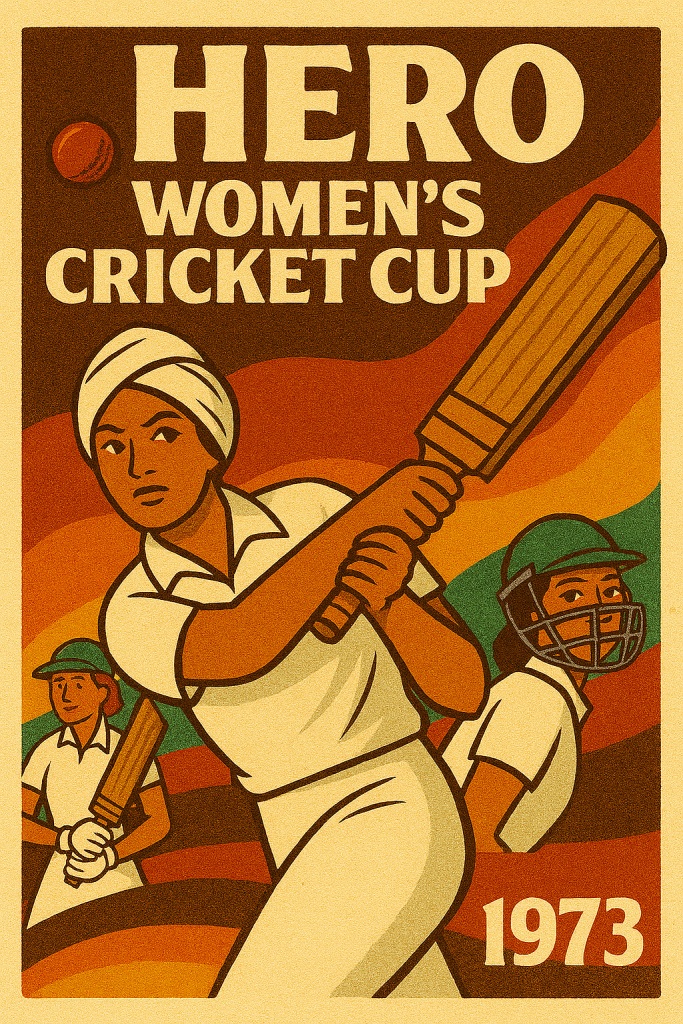
Funding and Organization
The tournament was privately funded. Jack Hayward’s contribution was essential to its execution. The International Women’s Cricket Council managed logistics. Teams arranged their own travel and accommodation. Uniforms were often handmade or repurposed. Equipment was borrowed or donated. Grounds were secured through local cricket clubs. Volunteers handled scoring and umpiring. There were no sponsorships or commercial partners. Prize money was not awarded. Players received commemorative items and certificates. The event was a grassroots triumph of coordination and passion.
Player Profiles and Standout Performances
Enid Bakewell was the tournament’s top scorer. Her century against Australia was a defining moment. Rachael Heyhoe Flint led England with tactical precision. Sharon Tredrea impressed with her pace bowling. Margaret Jennings anchored Australia’s batting. New Zealand’s Barbara Bevege showed consistency. Young England’s Jan Southgate displayed promise. International XI’s Sue Hillman contributed with the bat. Jamaica’s Vivalyn Latty-Scott was a standout bowler. Trinidad & Tobago’s Louise Browne led with experience. Rosalind Heggs took key wickets for England. These players shaped the future of women’s cricket.
Statistical Highlights
| Category | Player | Achievement |
|---|---|---|
| Highest Score | Enid Bakewell | 118 vs Australia |
| Most Wickets | Rosalind Heggs | 12 wickets total |
| Best Bowling Figures | Sharon Tredrea | 5/28 vs Jamaica |
| Most Catches | Margaret Jennings | 6 catches total |
| Most Runs Overall | Rachael Heyhoe Flint | 264 runs total |
| Best Economy Rate | Vivalyn Latty-Scott | 2.9 runs per over |
Impact on Future Tournaments
The 1973 event proved the viability of women’s cricket. It inspired the creation of future World Cups. The ICC did not oversee women’s cricket until 2005. The success of the tournament led to increased participation. Australia hosted the next edition in 1978. More nations joined in subsequent years. The format evolved to include knockouts and finals. Prize money and sponsorships were introduced gradually. Media coverage improved with each edition. The legacy of 1973 shaped tournament structures. It remains a reference point for innovation. The women’s game gained credibility and momentum.
Comparison with the 1975 Men’s World Cup
| Feature | Women’s 1973 | Men’s 1975 |
|---|---|---|
| Organizer | IWCC | ICC |
| Host Nation | England | England |
| Format | Round-robin | Group + Knockout |
| Overs per match | 60 | 60 |
| Number of teams | 7 | 8 |
| Winner | England | West Indies |
Cultural Significance
The 1973 World Cup challenged gender norms. It showed that women could compete internationally. The event was a statement of equality in sport. It gave visibility to female athletes. The players became role models in their communities. The tournament encouraged girls to take up cricket. It highlighted the need for institutional support. The event was a quiet revolution in sports culture. It laid the foundation for future advocacy. The legacy continues in today’s professional leagues. The 1973 players remain icons of resilience. Their story deserves wider recognition.
Evolution of Women’s Cricket Since 1973
Women’s cricket has grown exponentially since the inaugural World Cup. The International Cricket Council (ICC) formally integrated the women’s game in 2005. Professional contracts are now offered in many countries. Global tournaments are broadcast across major networks. Sponsorships and endorsements have increased steadily. Domestic leagues such as the Women’s Big Bash League and Women’s Premier League have expanded visibility. Training facilities and coaching support have improved dramatically. National boards invest in grassroots development. The number of participating nations in World Cups has grown. Prize money has increased, though disparities remain. The 1973 tournament laid the foundation for this evolution. Its legacy continues to shape policy and investment.
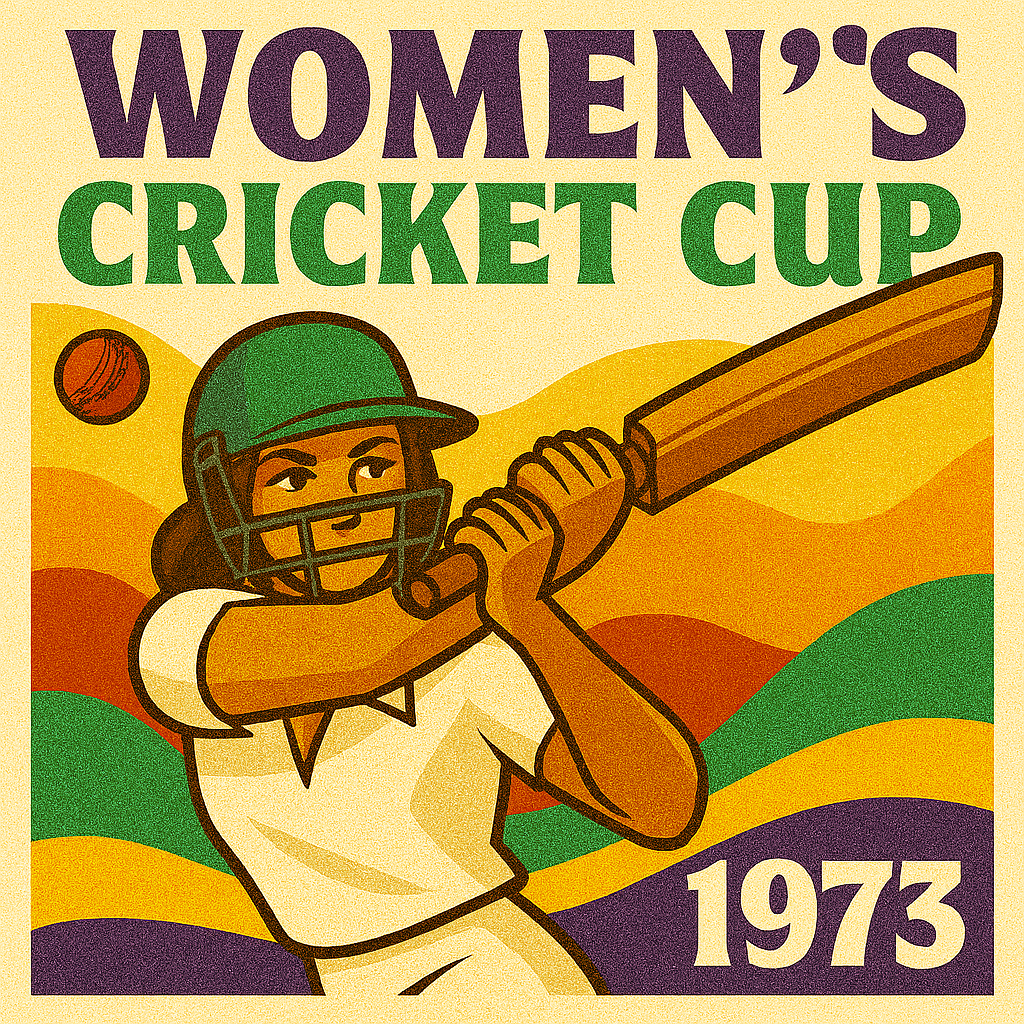
The Role of Rachael Heyhoe Flint
Rachael Heyhoe Flint was central to the creation of the 1973 World Cup. As England’s captain, she advocated for international competition. She approached Jack Hayward for funding, securing £40,000. Flint worked with the International Women’s Cricket Council to formalize the event. She played in the tournament and led England to victory. Her leadership extended beyond the field. Flint later became a member of the House of Lords. She campaigned for gender equality in sport. Her contributions were recognized with an MBE and later a DBE. Flint’s vision changed the trajectory of women’s cricket. She remains one of the sport’s most influential figures. Her legacy is embedded in every global tournament.
Challenges Faced by Players in 1973
Players in the 1973 World Cup faced numerous challenges. Most were unpaid amateurs. They balanced cricket with full-time jobs or studies. Travel arrangements were self-funded or improvised. Uniforms were stitched or borrowed. Equipment was shared among teammates. Media coverage was minimal, limiting recognition. Facilities varied widely across venues. Medical support was limited or absent. Training time was constrained by personal obligations. Despite these obstacles, players delivered high-quality performances. Their resilience defined the tournament’s spirit. The challenges they overcame highlight the significance of their achievement.
Venue Selection and Match Conditions
Matches were played across various county grounds in England. Venues included Hove, Exmouth, and Sittingbourne. Pitch conditions varied by location and weather. Some grounds had limited seating and basic amenities. Matches were scheduled to avoid overlap with men’s fixtures. Local clubs provided logistical support. Groundskeepers prepared pitches with limited resources. Weather interruptions were managed without reserve days. Scorecards were manually recorded. Umpires were volunteers or local officials. Spectator turnout depended on regional interest. Despite modest infrastructure, the matches were competitive and well-organized.
Venue Overview
| Ground | Location | Notable Match Played |
|---|---|---|
| Hove | Sussex | England vs Australia |
| Exmouth | Devon | New Zealand vs Young England |
| Sittingbourne | Kent | Trinidad & Tobago vs Jamaica |
| Bradford | Yorkshire | England vs International XI |
| Bournemouth | Dorset | Australia vs International XI |
| Wolverhampton | West Midlands | Final Match |
International XI and Young England Explained
Two unique teams participated in the 1973 tournament. International XI was composed of players from multiple countries. It provided opportunities for cricketers without national representation. Young England was a developmental squad. It featured emerging talent from England’s domestic circuit. Both teams added depth to the competition. International XI played with limited preparation. Young England gained valuable experience despite losses. These teams reflected the inclusive spirit of the tournament. They allowed broader participation and exposure. Their presence enriched the round-robin format. Players from these squads later joined national teams. The concept was innovative for its time. It emphasized opportunity over hierarchy.
Statistical Breakdown of Team Performances
| Team | Matches Played | Wins | Losses | Points |
|---|---|---|---|---|
| England | 6 | 5 | 1 | 20 |
| Australia | 6 | 4 | 2 | 16 |
| New Zealand | 6 | 4 | 2 | 16 |
| Young England | 6 | 2 | 4 | 8 |
| International XI | 6 | 2 | 4 | 8 |
| Trinidad & Tobago | 6 | 1 | 5 | 4 |
| Jamaica | 6 | 0 | 6 | 0 |
Legacy in Modern Cricket Culture
The 1973 World Cup is rarely cited in mainstream cricket discourse. Yet its influence is embedded in modern tournament structures. The round-robin format is still used in global events. The emphasis on international participation remains central. The tournament demonstrated logistical feasibility for women’s sport. It inspired future generations of players. National boards began investing in women’s cricket. The event is referenced in historical retrospectives. Documentaries and books have begun to explore its impact. Cricket museums now include 1973 memorabilia. The legacy is slowly gaining recognition. Its cultural significance is being reassessed. The tournament was a quiet revolution in sport.
Comparison of Player Conditions Then and Now
| Category | 1973 Conditions | Modern Conditions |
|---|---|---|
| Player Contracts | Unpaid amateurs | Professional contracts |
| Equipment | Shared or borrowed | Sponsored and customized |
| Travel | Self-funded | Fully covered by boards |
| Media Coverage | Minimal | Global broadcast |
| Medical Support | Limited | Full physiotherapy teams |
| Training Facilities | Local clubs | National academies |
Influence on Domestic Women’s Leagues
The 1973 World Cup inspired the development of domestic women’s cricket leagues. England saw a rise in club-level participation following the tournament. Australia expanded its state competitions to include more women’s fixtures. New Zealand invested in regional development programs. Caribbean nations began organizing inter-island women’s matches. The visibility of international players encouraged local recruitment. Young girls joined clubs in greater numbers. Coaching resources were redirected to support female athletes. Equipment suppliers began producing gear tailored for women. Media outlets slowly increased coverage of domestic matches. The World Cup validated the need for structured pathways. It laid the groundwork for today’s professional leagues.
Archival Gaps and Historical Preservation
Documentation of the 1973 tournament remains incomplete. Many scorecards were handwritten and stored locally. Photographs are limited and often unpublished. Interviews with players were rarely recorded. No full match footage exists from the event. Cricket boards did not prioritize archival preservation. Historians have relied on personal accounts and newspaper clippings. Some memorabilia is held in private collections. Museums have begun acquiring relevant artifacts. The lack of digital records hinders broader recognition. Preservation efforts are now underway in England and Australia. The tournament’s legacy depends on continued archival recovery.
Impact on Gender Policy in Sport
The success of the 1973 World Cup influenced gender policy in cricket. It demonstrated that women’s sport could attract international participation. National boards began reviewing their funding allocations. The event challenged assumptions about female athleticism. It contributed to debates on equal access to facilities. Educational institutions expanded sports programs for girls. Policy discussions emerged around media representation. The tournament was cited in advocacy for professional contracts. It helped justify the inclusion of women in national cricket academies. Gender equity became a strategic goal for some boards. The event’s legacy shaped institutional reform. It remains a reference point in policy development.
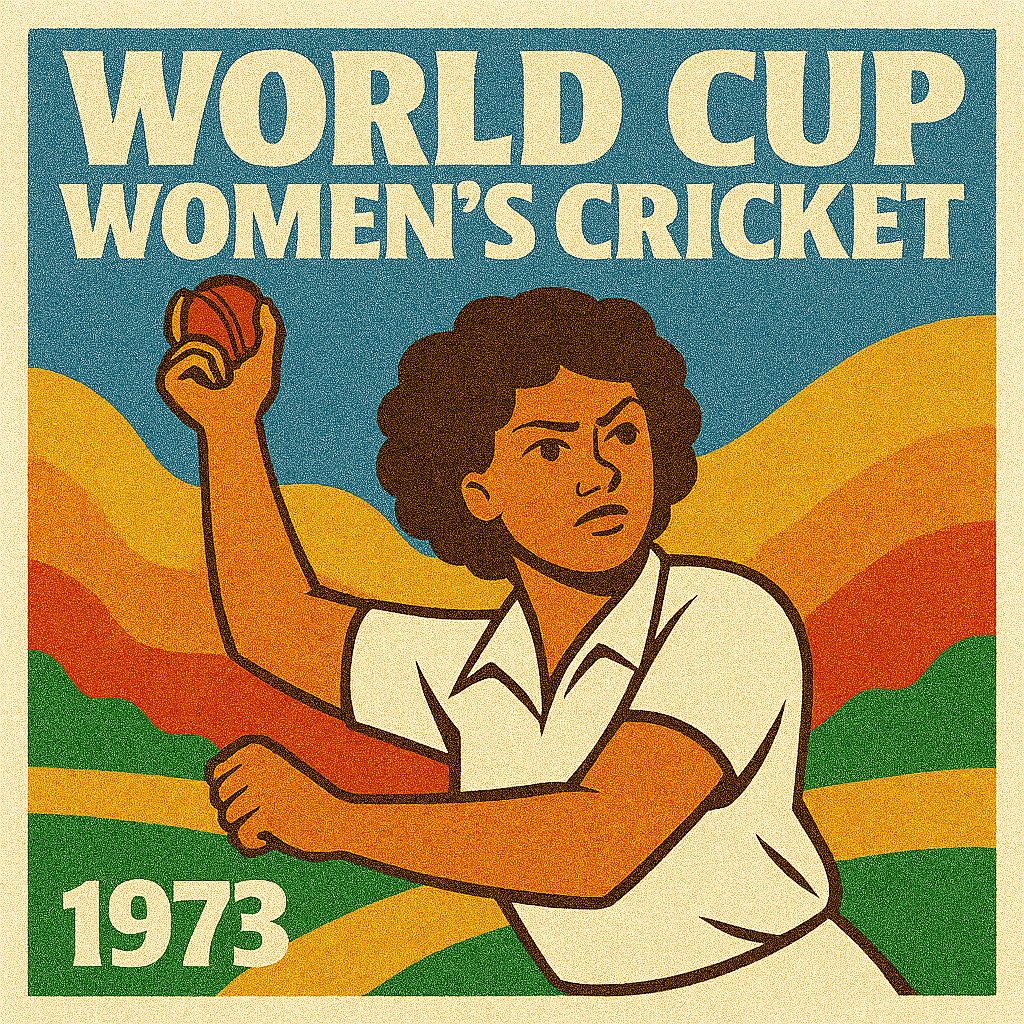
Recognition and Awards Retrospective
Players from the 1973 World Cup received limited recognition at the time. Medals were awarded, but no financial prizes were given. Rachael Heyhoe Flint was later honored with an MBE and DBE. Enid Bakewell was inducted into the ICC Hall of Fame. Other players received regional honors decades later. Cricket boards have begun issuing retrospective awards. Commemorative events have been held in England. Documentaries have profiled key figures from the tournament. The ICC acknowledged the event in its centenary celebrations. Recognition remains uneven across participating nations. Continued efforts are needed to honor all contributors. The tournament’s pioneers deserve lasting tribute.
Educational Use and Curriculum Integration
The 1973 Women’s World Cup is increasingly used in educational settings. Schools include it in gender studies and sports history modules. It serves as a case study in leadership and innovation. Teachers use it to discuss equity in athletics. The event highlights the role of grassroots organization. Students analyze its impact on media and policy. It encourages critical thinking about historical narratives. The tournament is featured in cricket museum tours. Educational materials include player biographies and match summaries. Universities reference it in sports sociology courses. Its inclusion promotes awareness of underrepresented achievements. The World Cup offers a rich resource for learning.
Conclusion
The 1973 Women’s Cricket World Cup was a pioneering event. It preceded the men’s tournament by two years. Organized without institutional backing, it succeeded through vision and determination. England’s victory marked the first world championship in cricket. The players were amateurs, yet their performances were world-class. The format emphasized fairness and consistency. Media coverage was limited, but the impact was lasting. The event laid the groundwork for future tournaments. It challenged gender norms and expanded global participation. Its legacy continues in every women’s match played today. The 1973 World Cup deserves full recognition. It remains one of cricket’s most important milestones.
Join the Discussion
What does the 1973 Women’s World Cup mean to you? Should it be more widely taught in cricket history? How can we better honor the pioneers of women’s sport?
#WomensCricketHistory #1973WorldCup #CricketPioneers #FirstWorldChampions #RachaelHeyhoeFlint #CricketLegacy #GlobalCricket #CricketWithoutBoundaries #CricketEquality #HistoricCricket #WomenLedFirst #CricketMilestones
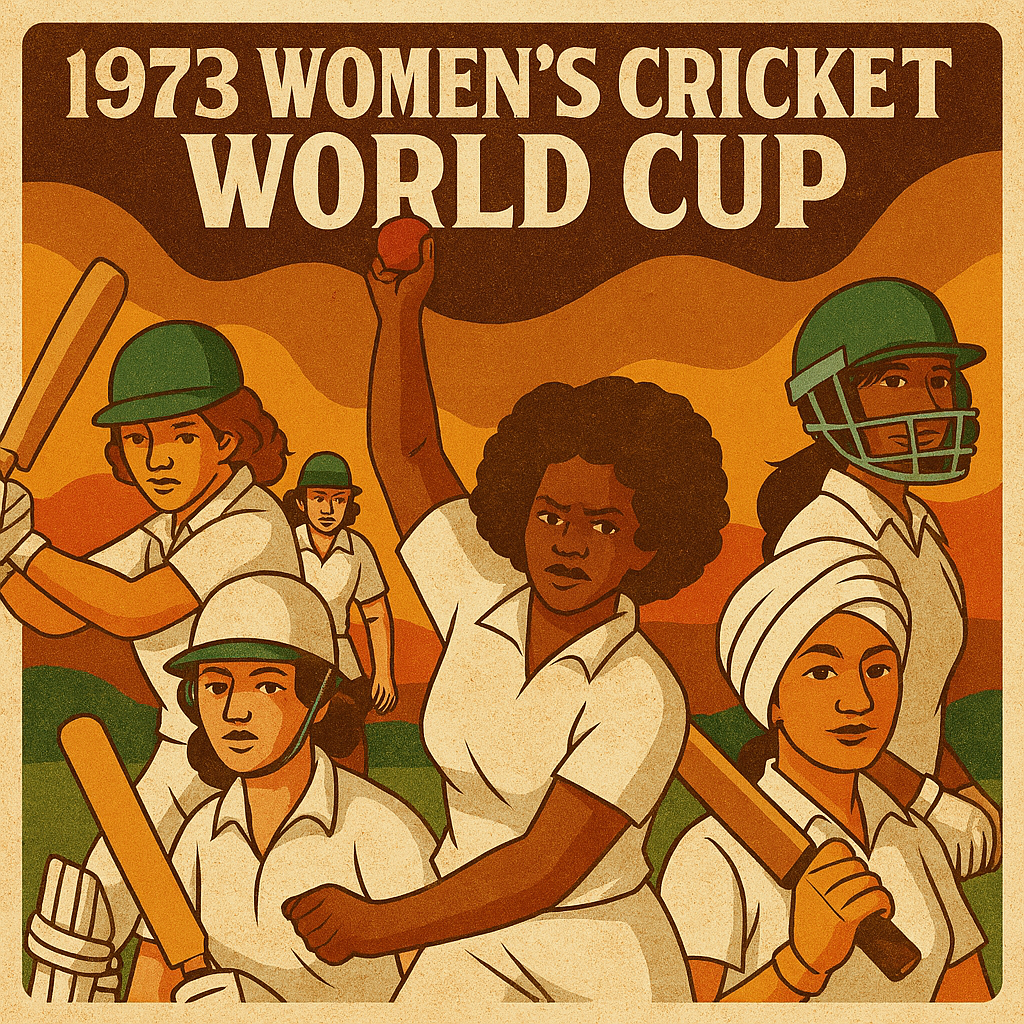














Leave a Reply